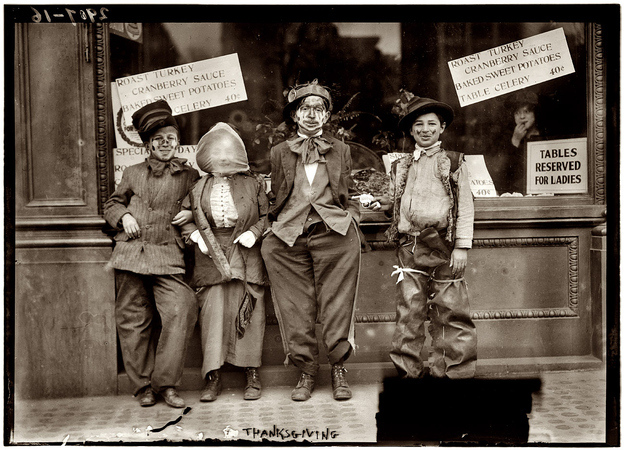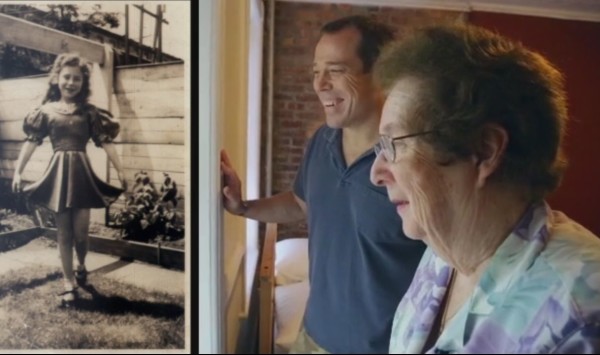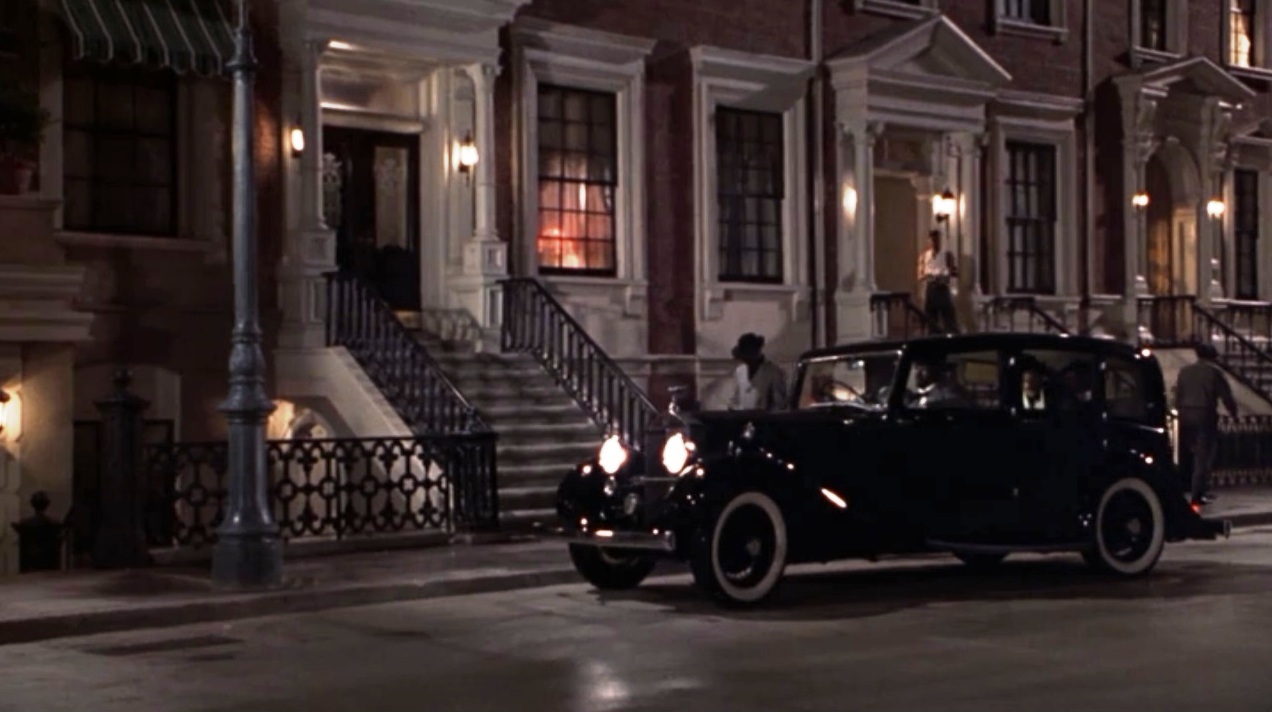“ANYTHING FER THANKSGIVING?”

******************************************************************************************************************************** Brownstone Detectives investigates the history of our clients’ homes. The story you are about to read was composed from research conducted in the course of one of those investigations. Do you know the history of YOUR house? ******************************************************************************************************************************** Before there was Halloween “trick-or-treating” – there was another tradition in Brooklyn: Thanksgiving “begging.” A STORY ABOUT CHILDREN PANHANDLING IN BROOKLYN Most people have never heard of this custom, but that is because it ended sometime in the 1940s or 1950s here in the northeastern part of the U.S. But in the process of doing research on a brownstone for a Brownstone Detectives House History Book, we tracked down a former resident who, during her interview, and to our great surprise, began telling us about this defunct holiday. “In the morning we were dressed up as hobos, in whatever old clothes our parents gave us,” said Patricia O’Neill who used to live at 738 Macon Street in the eastern section of Bedford-Stuyvesant, “and we went from door to door saying, ‘Anything for Thanksgiving?’ “They used to give us a dime or an apple.” O’Neill (Loftus at the time) remembers the custom well. Where she grew up in Bedford-Stuyvesant, all of the kids dressed as hobos and they spent the morning of Thanksgiving Day carousing the neighborhood “begging” for food and money from their neighbors. THE HISTORY The custom which started around 1870 may have a connection to Martinmas, the feast day of St. Martin of Tours, patron saint of beggars and […]
THE SURPRISE OF AUNT PATSY

******************************************************************************************************************************** Brownstone Detectives investigates the history of our clients’ homes. The story you are about to read was composed from research conducted in the course of one of those investigations. Do you know the history of YOUR house? ******************************************************************************************************************************** Last year, after an extensive search, I had the pleasure of discovering “Aunt Patsy.” Having located a nephew of hers in Tennessee, I informed him (a bit nervously) about my project – I was writing a book about our Macon Street house (who writes a book about their own house?) – and told him that I’d love to talk with her (if it was possible). I was surprised to learn that she lived quite close by – the next borough over, actually, in Floral Park, Queens. He gave me her telephone number, telling me she would love to see the house again. “She’s quite a character,” he half-warned and half-encouraged me. Over the following months, Patsy and I talked on the phone for stretches at a time about the house, her childhood memories of the block, and sometimes about nothing in particular. Often, she asked me about my family, my work, and about my life in Bedford-Stuyvesant. Through these conversations we began to develop a relationship that was at once effortless and engaging. In a way, at some point during our talks, she “became” Aunt Patsy. Born in 1936, Patsy lived at my Macon Street house for the first 15 years of her life. Her mother, who was in her 40s […]
Brownstone Detectives on TV

OK, all you house history fans! A certain TV network will be at Brownstone Detective H.Q. in May to begin filming an episode of a television series. The show will focus on the first family that lived in the house, The Corletts, and the “unfortunate occurrences” that seemed to emanate from the house in its early days. BAD LUCK? YOU DECIDE… It all started when the initial architect/builders of 738 Macon Street purchased the lot for the house and began building. About halfway through its construction, though, the house would go into foreclosure. About a year later, the man who would eventually finish building the house, Wilfred Burr, A.K.A. “Lucky 13,” would buy the foreclosure property in a tax sale. After the sale was completed, Burr had saved enough money in the purchase that he was able to add an additional floor to the home, increasing its number of rooms from 9 – to 13. Finally, after Burr completed the house, it would become the 13th house on the block. But the the odd luck didn’t end there. When the Corletts moved into 738 Macon Street, all seemed to be smooth sailing until the family matriarch, Margaret, passed away. Like dominoes, every year thereafter, until 1900, a Corlett would die – Margaret’s son, John; her son-in-law, Robert; and her daughter, Eleanor. At this point, Margaret’s remaining child, Robert, decided presumably to get his family away from the house. He sold the property to a flipper and moved the family to […]